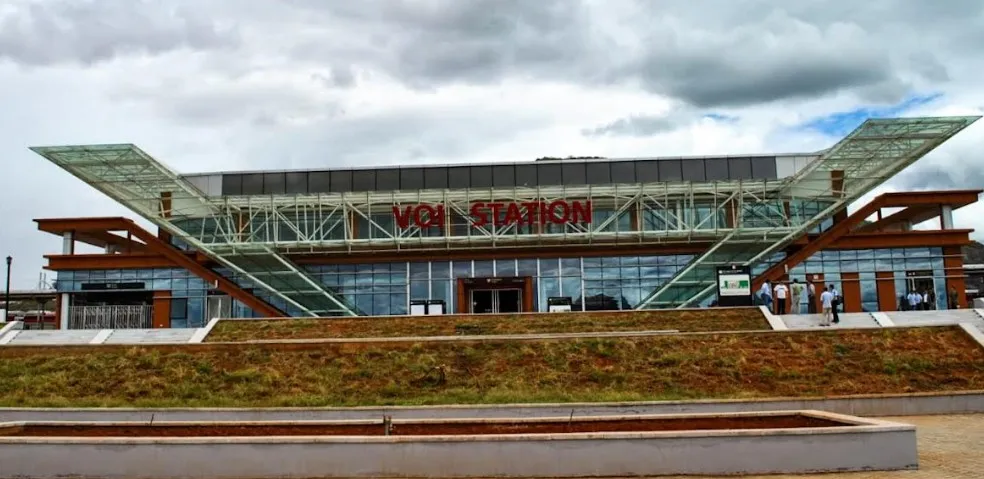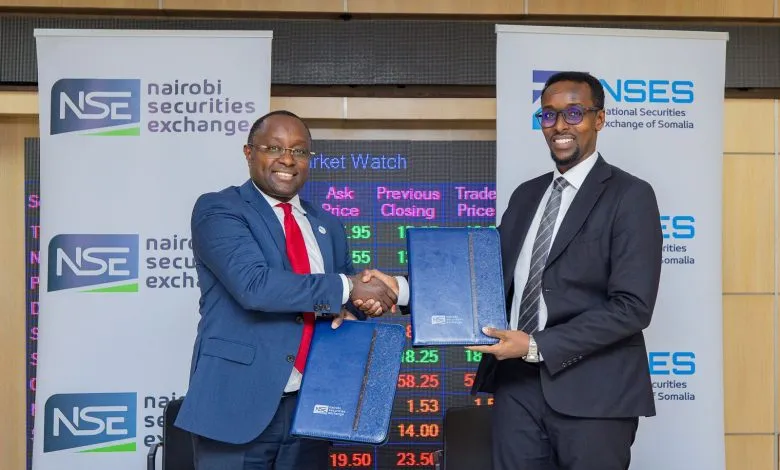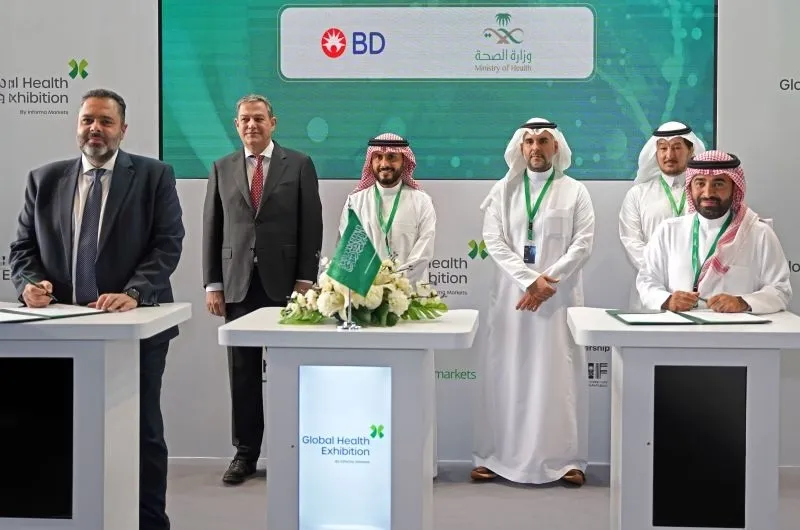Kenya Railways is redefining the landscape of regional development through its innovative integration of modern transport solutions and revitalized rail networks. The recent introduction of a stopover for the Madaraka Express Passenger train at Voi station has sparked a notable uptick in economic activity, particularly in the Taita Taveta region. This development is part of a broader transformation strategy that is not only modernizing rail transport but also catalyzing tourism, trade, and community development across Kenya and beyond.
A Catalyst for Local Economic Uplift
For many residents and businesses in Taita Taveta, the railway is more than a mode of transportation—it is a symbol of hope, progress, and connectivity. Since the new stopover was introduced on December 15, 2024, Kenya Railways has reported a significant increase in passenger activity at Voi station. An average of 900 passengers now board and alight weekly, a statistic that underscores the profound impact of this seemingly small change in scheduling.
The additional three-minute stopover at 02:05 hours from Nairobi and 11:45 hours from Mombasa has not only provided convenience to travelers but has also unlocked vast potential for local businesses. Taxi drivers in Voi, for example, have experienced a surge in customer demand, as the increased passenger flow translates directly into more business opportunities. This boost is a welcome development in a region where the railways have long been a lifeline for commerce and connectivity.
Local entrepreneurs and market vendors have also felt the positive impact. The increased number of visitors offers greater opportunities for small-scale businesses, ranging from food kiosks and craft shops to guided tours of nearby attractions. Tourists, in particular, are eager to explore Tsavo East and Tsavo West National Parks—two of Kenya’s oldest and largest wildlife reserves—using the railway as a gateway to adventure.
Transforming Taita Taveta: Infrastructure and Tourism
The stopover initiative is a key component of Kenya Railways’ broader transformation program. Under the leadership of Managing Director Philip Mainga, the Corporation is modernizing existing lines and integrating new technology to create a robust, efficient rail network. Mainga, often credited as the visionary behind this transformation, has overseen initiatives that extend well beyond passenger transport. His leadership has resulted in the recognition of Kenya Railways as the “Most Improved Parastatal in Kenya” in a survey conducted by Precision Analytics Kenya P.A.K. between May and July 2024.
The economic growth spurred by the SGR stopover is multifaceted. On the one hand, the increased footfall at Voi station has stimulated the tourism sector, as visitors take advantage of more flexible travel schedules to visit nearby national parks and cultural sites. On the other hand, the stopover has set the stage for the long-anticipated rehabilitation of the 130 km Meter Gauge Railway (MGR) line from Voi to Taveta—a project that promises to reinvigorate cross-border trade and regional integration.
Reconnecting Regions Through Rail
The dormant MGR line, which has lain idle since 2006, holds enormous promise. Planned for rehabilitation in close collaboration with Taita Taveta County Government, the project is poised to reconnect Kenya with Tanzania at the Holili border. This direct link will not only facilitate smoother movement of goods and people but also connect the region to Tanzania’s Moshi area, home to the iconic Mount Kilimanjaro and one of East Africa’s premier tourist destinations.
According to Mainga, feasibility studies have already confirmed that the revived Voi-Taveta line will create an integrated freight system. This system will feature transshipment facilities between the modern Standard Gauge Railway (SGR) and the traditional MGR lines at Voi, with complementary cargo handling operations at Taveta. In effect, the project will provide a seamless corridor for both passenger and freight transport, boosting trade volumes and reducing logistical bottlenecks.
This integrated system is expected to have significant economic implications. By improving trade flows between Kenya and Tanzania, the project will enhance regional competitiveness and open up new markets for local industries. Increased connectivity is anticipated to drive growth in sectors such as agriculture, manufacturing, and tourism—ultimately contributing to Kenya Railways’ estimated 3 per cent contribution to the national GDP.
Broader Impact on Regional Development
Economic Growth and Job Creation
The benefits of improved railway services extend far beyond transportation. Enhanced connectivity invariably leads to economic spillovers, with new business opportunities emerging in sectors directly and indirectly related to the railway network. In Taita Taveta, for instance, the influx of passengers has already contributed to job creation—not only for taxi drivers but also for vendors, tour operators, and service providers who cater to tourists and commuters.
The ongoing improvements in rail infrastructure are expected to spur further investment in the region. With more reliable and efficient transport services, local governments and private investors are more likely to invest in complementary infrastructure projects, such as road upgrades, market facilities, and hospitality services. These investments, in turn, generate additional employment opportunities and help lift the socio-economic status of local communities.
Tourism: A Key Driver of Regional Prosperity
Taita Taveta’s proximity to major wildlife reserves and natural attractions makes tourism a critical driver of regional prosperity. The improved stopover services at Voi station are making it easier for tourists to access Tsavo East and Tsavo West National Parks, renowned for their diverse wildlife and breathtaking landscapes. These parks have long been a magnet for international and domestic tourists, and the easier access provided by the SGR is expected to boost visitor numbers substantially.
Local tourism operators are gearing up to capitalize on the expected increase in tourist arrivals. From guided safaris to cultural tours and eco-friendly lodging, the region is poised to see a diversification of its tourism offerings. Moreover, improved railway connectivity will likely encourage cross-border tourism, especially once the Voi-Taveta MGR line is rehabilitated. Tourists could seamlessly travel between Kenya and Tanzania, combining visits to Kenya’s national parks with trips to Tanzania’s renowned attractions, such as Serengeti National Park and Mount Kilimanjaro.
Enhancing Regional Trade and Integration
The vision for a modern, integrated rail network extends to regional trade. The rehabilitation of the Voi-Taveta line and the establishment of efficient transshipment facilities are expected to facilitate higher volumes of goods moving between Kenya and its neighbors. This enhanced trade connectivity is particularly important for sectors such as agriculture, where efficient transportation can significantly reduce post-harvest losses and improve market access for farmers.
Regional trade not only benefits businesses but also strengthens diplomatic and economic ties between countries. As Kenya and Tanzania move toward closer integration of their transport networks, the possibility of negotiating more favorable trade agreements increases. Enhanced connectivity could also lead to the development of special economic zones along the railway corridors, further boosting industrial output and creating new job opportunities.
Technological Advancements and Future Prospects
Kenya Railways is committed to staying ahead in an increasingly competitive and fast-paced global environment. The Corporation’s leadership has placed significant emphasis on integrating technology into its operations. Advanced digital ticketing systems, real-time train tracking, and automated scheduling are just a few examples of how technology is revolutionizing rail transport in Kenya.
These technological upgrades are not only improving operational efficiency but also enhancing the passenger experience. Real-time updates allow travelers to plan their journeys more effectively, while improved safety systems ensure a higher standard of service. As Kenya Railways continues to modernize, these innovations will likely become standard across the region, setting new benchmarks for the rail industry.
Looking ahead, the strategic focus on integrating the SGR and rehabilitated MGR lines holds exciting prospects. The envisioned network will create a seamless transport corridor stretching from the heart of Kenya to the border with Tanzania and beyond. Such a network could eventually connect with wider East African and even global transport systems, positioning Kenya as a central hub in international trade routes.
Policy Implications and Government Support
The transformation of Kenya Railways is supported not only by the Corporation’s internal initiatives but also by strong backing from the government. The Taita Taveta County Government, in particular, has been actively involved in discussions regarding the rehabilitation of the Voi-Taveta line. Local officials recognize that improved rail connectivity is essential for unlocking the region’s economic potential and attracting both domestic and international investments.
Government support extends beyond infrastructure projects. Policy measures aimed at promoting tourism, boosting trade, and creating a favorable business environment are integral to the broader development strategy. For example, tax incentives and subsidies for small and medium-sized enterprises (SMEs) in the transport and tourism sectors could further stimulate economic activity in the region.
Moreover, the government’s commitment to investing in infrastructure is evident in its broader development agenda. In recent years, the Kenyan government has launched several initiatives aimed at modernizing the country’s transport network, enhancing energy production, and improving digital connectivity. These initiatives are designed to create a robust foundation for sustained economic growth and ensure that Kenya remains competitive in an increasingly globalized economy.
Voices from the Field
Local business leaders and community representatives have expressed optimism about the positive changes brought about by the SGR stopovers. “The stopover has been a game-changer for us,” said a Voi-based entrepreneur involved in tourism and hospitality. “We now see more visitors each week, which directly translates into increased revenue for local businesses and more job opportunities for residents.”
Taxi operators, too, have noted a significant improvement in their daily earnings. “Since the introduction of the new stopover, our business has picked up considerably,” remarked one local taxi driver. “It’s not just about the numbers; it’s about the hope and opportunity that this modern railway system brings to our community.”
These grassroots testimonials highlight how a strategic change in rail operations can have a ripple effect on the broader economy. For many in Taita Taveta, the railway represents a lifeline—a symbol of progress that connects them to larger markets, new opportunities, and a more prosperous future.
Challenges and the Road Ahead
While the progress is commendable, challenges remain. The rehabilitation of the dormant Meter Gauge Railway line, for instance, faces hurdles related to funding, technical feasibility, and coordination among various stakeholders. Ensuring that the integration between the SGR and MGR systems is seamless will require significant investment in both infrastructure and technology.
Moreover, as Kenya Railways expands its operations, it must navigate a complex regulatory environment and address issues related to safety, maintenance, and service quality. The Corporation’s leadership is well aware of these challenges and has pledged to continue investing in training, technology, and infrastructure upgrades to meet the evolving needs of the market.
Environmental sustainability is another key consideration. As the rail network expands, measures to minimize the ecological footprint of construction and operations will be crucial. Initiatives such as energy-efficient locomotives, waste management programs, and green building practices are being explored to ensure that the expansion of rail services aligns with global sustainability standards.
Conclusion
The innovative stopover strategy introduced by Kenya Railways is more than a scheduling change—it is a transformative force driving economic growth in Taita Taveta and beyond. By improving connectivity, boosting tourism, and catalyzing regional trade, the SGR stopovers are laying the groundwork for a more prosperous and integrated future. Under the visionary leadership of Managing Director Philip Mainga and with robust support from local and national governments, Kenya Railways is proving that modern rail transport can be a powerful engine for development.
From the bustling Voi station to the anticipated rehabilitation of the Voi-Taveta railway line, the ripple effects of these initiatives are already being felt. Enhanced passenger services, increased business opportunities, and improved regional integration are just some of the benefits that are transforming communities and fueling economic growth. As Kenya Railways continues to modernize its operations and expand its reach, the region stands to gain significantly—from boosted local economies and job creation to strengthened ties with neighboring countries.
Looking to the future, the ongoing integration of digital technology, sustainable practices, and innovative business models will further elevate Kenya Railways as a cornerstone of national development. The SGR and the rehabilitated MGR are set to become the arteries that not only pump economic vitality through Taita Taveta but also connect Kenya to the broader East African market and beyond.
In these transformative times, Kenya Railways exemplifies how strategic infrastructure projects can serve as catalysts for profound socio-economic change. For Taita Taveta, the stopovers are not merely stops along a rail line—they are stepping stones to a brighter, more connected future. As stakeholders at every level—from policymakers and investors to local entrepreneurs and everyday commuters—witness these developments, there is a growing sense of optimism and renewed hope that the journey toward sustainable growth has only just begun.
Ready to take your career to the next level? Join our dynamic courses: ACCA, HESI A2, ATI TEAS 7 , HESI EXIT , NCLEX – RN and NCLEX – PN, Financial Literacy!🌟 Dive into a world of opportunities and empower yourself for success. Explore more at Serrari Ed and start your exciting journey today! ✨
photo source: Google
By: Montel Kamau
Serrari Financial Analyst
25th March, 2025
Article, Financial and News Disclaimer
The Value of a Financial Advisor
While this article offers valuable insights, it is essential to recognize that personal finance can be highly complex and unique to each individual. A financial advisor provides professional expertise and personalized guidance to help you make well-informed decisions tailored to your specific circumstances and goals.
Beyond offering knowledge, a financial advisor serves as a trusted partner to help you stay disciplined, avoid common pitfalls, and remain focused on your long-term objectives. Their perspective and experience can complement your own efforts, enhancing your financial well-being and ensuring a more confident approach to managing your finances.
Disclaimer: This article is for informational purposes only and does not constitute financial advice. Readers are encouraged to consult a licensed financial advisor to obtain guidance specific to their financial situation.
Article and News Disclaimer
The information provided on www.serrarigroup.com is for general informational purposes only. While we strive to keep the information up to date and accurate, we make no representations or warranties of any kind, express or implied, about the completeness, accuracy, reliability, suitability, or availability with respect to the website or the information, products, services, or related graphics contained on the website for any purpose. Any reliance you place on such information is therefore strictly at your own risk.
www.serrarigroup.com is not responsible for any errors or omissions, or for the results obtained from the use of this information. All information on the website is provided on an as-is basis, with no guarantee of completeness, accuracy, timeliness, or of the results obtained from the use of this information, and without warranty of any kind, express or implied, including but not limited to warranties of performance, merchantability, and fitness for a particular purpose.
In no event will www.serrarigroup.com be liable to you or anyone else for any decision made or action taken in reliance on the information provided on the website or for any consequential, special, or similar damages, even if advised of the possibility of such damages.
The articles, news, and information presented on www.serrarigroup.com reflect the opinions of the respective authors and contributors and do not necessarily represent the views of the website or its management. Any views or opinions expressed are solely those of the individual authors and do not represent the website's views or opinions as a whole.
The content on www.serrarigroup.com may include links to external websites, which are provided for convenience and informational purposes only. We have no control over the nature, content, and availability of those sites. The inclusion of any links does not necessarily imply a recommendation or endorsement of the views expressed within them.
Every effort is made to keep the website up and running smoothly. However, www.serrarigroup.com takes no responsibility for, and will not be liable for, the website being temporarily unavailable due to technical issues beyond our control.
Please note that laws, regulations, and information can change rapidly, and we advise you to conduct further research and seek professional advice when necessary.
By using www.serrarigroup.com, you agree to this disclaimer and its terms. If you do not agree with this disclaimer, please do not use the website.
www.serrarigroup.com, reserves the right to update, modify, or remove any part of this disclaimer without prior notice. It is your responsibility to review this disclaimer periodically for changes.
Serrari Group 2025












